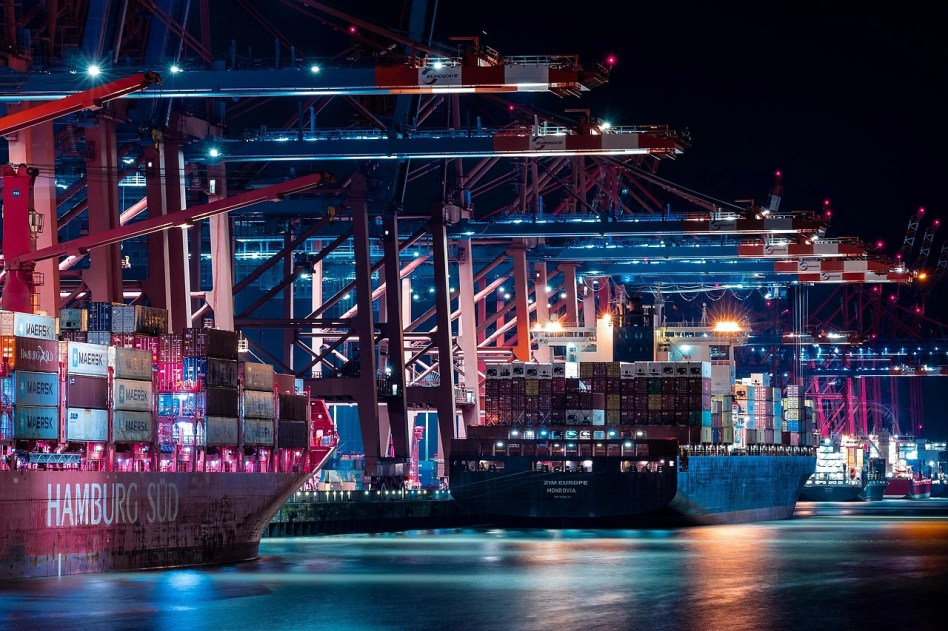The Shipbuilding Landscape and LNG Exports
Recent discussions revolve around the proposed shipbuilding regulations that may impact the burgeoning liquefied natural gas (LNG) export sector in the United States. With the country’s LNG exports reaching impressive heights, new mandates suggested by the U.S. Trade Representative (USTR) could throw a wrench in the works. The proposed rules would stipulate that an increasing share of LNG exports must be moved on U.S.-flagged and U.S.-built vessels, starting modestly at 1% by 2029, then surging to 15% by 2047. The implications of these rules may resonate significantly within the logistics and transportation sectors.
Export Numbers vs. Fleet Availability
Numbers from the IndexBox platform shed light on the potential issues this regulation may cause. In 2023, the U.S. boasted 1,396 LNG cargoes exported, but the existing global fleet comprises only about 792 LNG tankers. Alarmingly, there is just a single U.S.-flagged vessel in operation—a ship constructed in France. This stark contrast highlights a severe mismatch between export capabilities and available transport options.
Challenges in Compliance
Industry representatives express serious concerns about the feasibility of meeting these requirements, particularly given the current limitations in U.S. shipyard capacity, specialized labor, and supply chains. Groups like the Center for Liquefied Natural Gas (CLNG) and the American Petroleum Institute (API) have voiced warnings that these rules could impose undue penalties on U.S. LNG exporters while doing little to offset China’s dominance in the shipbuilding industry.
Historical Context of U.S. Shipbuilding
The call for ships built in the U.S. isn’t a new battle, but let’s take a brief trip down memory lane. The last U.S.-built LNG carrier was completed in 1980, and securing additional vessels poses a formidable challenge. Current experts believe that by the end of this decade, meeting just the initial 1% mandate would necessitate the construction of up to six U.S.-built carriers—an endeavor many consider close to impossible.
Expert Opinions and Industry Response
Experts like Louis Sola, a former Federal Maritime Commission commissioner, emphasize a key concern: without allowing flexibility in defining what constitutes a “U.S.-built” vessel, or perhaps implementing a phased approach, these policies could substantially obstruct LNG exports at a time when global demand is projected to grow. “We risk bottling up our own LNG exports, opening the market to competitors,” Sola warned. The possibility of such bottlenecks can have ripple effects throughout the entire logistics chain, impacting everything from freight schedules to distribution networks.
Logistical Implications of New Regulations
The proposed changes aren’t merely a challenge for the LNG industry but also spell out logistical hurdles for those involved in global shipping and transport. The ability to efficiently move cargo is crucial for maintaining market competitiveness. Any shifts in regulations like these push systems to adapt, leading to potential increases in transportation costs and the need for reconfiguration of supply chains.
Potential Global Impact
While the immediate concern is the U.S. LNG export market, the potential global ramifications of such shipping regulations could extend beyond borders. If U.S. exporters struggle, it opens the door for other nations’ LNG supplies to seize market share. Observers urge quick, smart adjustments to national policies to avoid creating a significant gap in the natural gas logistics market.
Conclusion and Forward Look
In closing, these proposed shipbuilding rules represent a complex interplay of national policy, industry capability, and global market dynamics. As stakeholders voice their concerns about possible bottlenecks, it’s essential to recognize that logistics is the beating heart of any trade. By staying current with such trends and policies, platforms like GetTransport.com can facilitate efficient, affordable global cargo transportation solutions tailored to meet a range of needs—whether it’s moving office supplies or transporting hefty machinery.
While reviews and analysis provide foundational insights into evolving logistics, there’s no substitute for personal experience. At GetTransport.com, users can explore a range of options for cargo transportation at competitive prices globally. The platform fosters informed decision-making without the risk of excessive expenditure or disappointment. This is where convenience, transparency, and a plethora of choices align seamlessly. So, for your next cargo transportation, consider the convenience and reliability of GetTransport.com. Book your ride with GetTransport.com now.

 Reglementările propuse pentru construcția navală ar putea împiedica extinderea exportului de GNL din SUA">
Reglementările propuse pentru construcția navală ar putea împiedica extinderea exportului de GNL din SUA">